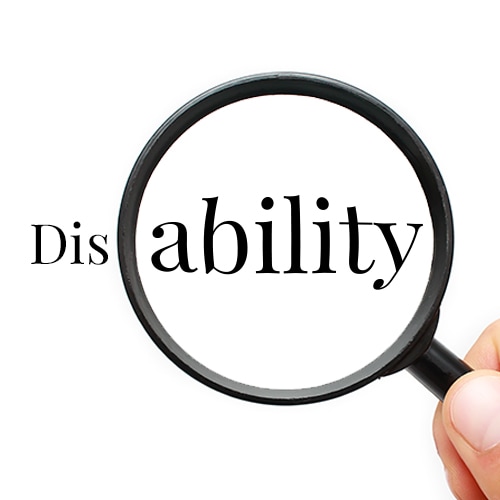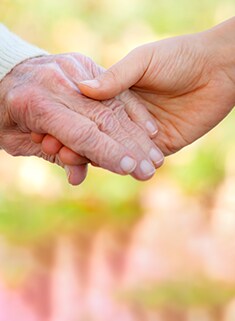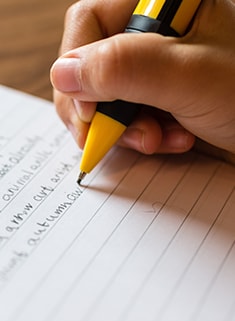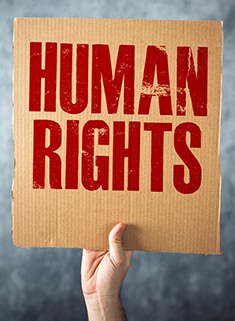Special Awareness Days
December 3rd- International Day of Persons with Disabilities

Ready to Order?
If you are ready to order, please contact Customer Service:
Telephone: 1 (800) 361-6128 Fax: 1 (800) 563-9196
Introduction
An estimated one billion people around the world are living with a disability of some kind. In many cases, these individuals are not afforded equal rights, respect, or opportunities.
In 1992, the United Nations General Assembly proclaimed December 3 as the annual observance of the International Day of Disabled Persons and set out its goal: “…to promote the rights and well-being of persons with disabilities in all spheres of society and development, and to increase awareness of the situation of persons with disabilities in every aspect of political, social, economic and cultural life.” (https://www.un.org/en/observances/day-of-persons-with-disabilities)
As part of increasing our awareness, it’s important to note that not all disabilities are “visible.” A person living with a disability may have a “mental illness, chronic pain or fatigue, sight or hearing impairments, diabetes, brain injuries, neurological disorders, learning differences and cognitive dysfunctions, among others.”* According to the World Health Organization’s World Report on Disability, of the estimated 450 million individuals who live with a mental or neurological condition, almost two-thirds will not seek professional medical help, largely due to stigma, discrimination, and neglect. *(Source: https://idpwd.org/event/idpwd2020/)
By focussing on the importance of respect and inclusion, we have the opportunity to help our students recognise and appreciate persons who live with a disability, and take action to change the way we perceive and treat them.
Activity bursts
Grades K-2 - Language, Citizenship
Discuss what the word disability means. (Simply, it means a condition that limits a person’s abilities in certain ways. It may be present from birth, or the result of illness or injury.)
Ask students if they know what diversity means. (Simply, it means difference)
Discuss the following using a think-pair-share approach:
What are some of the things that make people the same, whether they are disabled or not?
Is a disability always something that we can see? What kinds of disabilities are not visible, but may impact a person’s life? (learning disabilities, hearing or sight impairment, mental health challenges, invisible physical disabilities such as heart issues, etc.)
If you had a disability, how would you want others to treat you?
Remind students that everyone has something unique and special to share with the world. By treating all people with respect and dignity and by including them in the activities we enjoy, we are not only helping them to be proud of who they are, we are benefiting from their talents, personalities, ideas and strengths.

3-5 – Vocabulary, Citizenship, Art
Do a class brainstorm about the word “disability” and record the results. Ask:
- What might be some disabilities people live with that we may not notice? (e.g., hearing or sight impairment, autism, learning challenges, chronic illnesses such as diabetes or heart problems, etc.)
- Do you think we might treat children who live with these “unseen” disabilities differently? Why?
- Do you think that a person with a disability of any kind might feel that they are treated differently? How and why?
Explain that by focussing on abilities, not disabilities, we can all learn to be proud of our accomplishments. Have students make posters that cross out the “dis” in “disability.” Brainstorm short slogans that remind us that everyone can do something special and unique if we give them the opportunity, the support, and the appreciation they deserve. Place the posters around the school or classroom.
6-8 – Vocabulary, Writing, Citizenship
View the video “See what children with disabilities can do” (by Unicef Philippines) and discuss students’ impressions of the children portrayed and the facts shared in the video.
Ask students to make their own word maps of the word “disability.” Have them post their completed word maps around the room. After students tour the maps, ask:
- What words did you see the most frequently on the maps? (Record on a separate chart.)
- Did you notice any words that refer to disabilities that aren’t visible? (Record.)
- What are some other challenges that children might live with that aren’t so noticeable? (Record, adding words such as diabetic, autistic, hearing or sight-impaired, learning-disabled, etc.)
- Why do you think we often only talk about physical disabilities?
Explain that there are many types of challenges that children, youth, and adults live with, and that we often may not know what challenge a person has, if it’s a type we cannot see.
Do a class brainstorm about the word “inclusion.” Invite each student to write a paragraph about why it is important to include all people in our activities, even if we have to modify a game or provide some personal assistance. Ask volunteers to read their paragraphs.
Additional Ideas:
Grades 3-5, 6-8 Mental and Physical Health, Research Skills
Brainstorm some everyday activities that might present a challenge to students their age who have a disability (whether physical, emotional, social, mental or intellectual). Using available technology, students work with in pairs to research and modify an activity in order to make it more inclusive for all kids.






